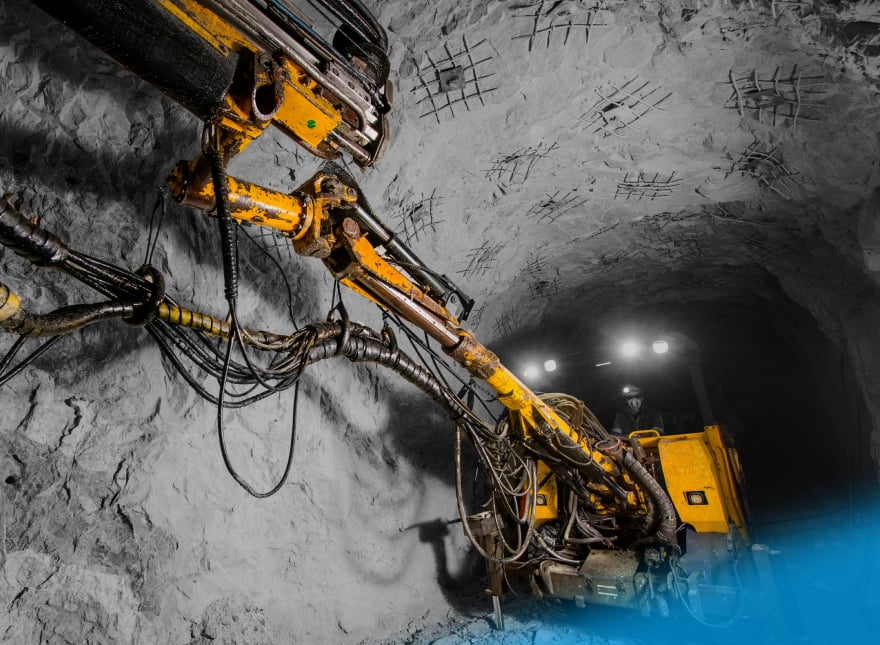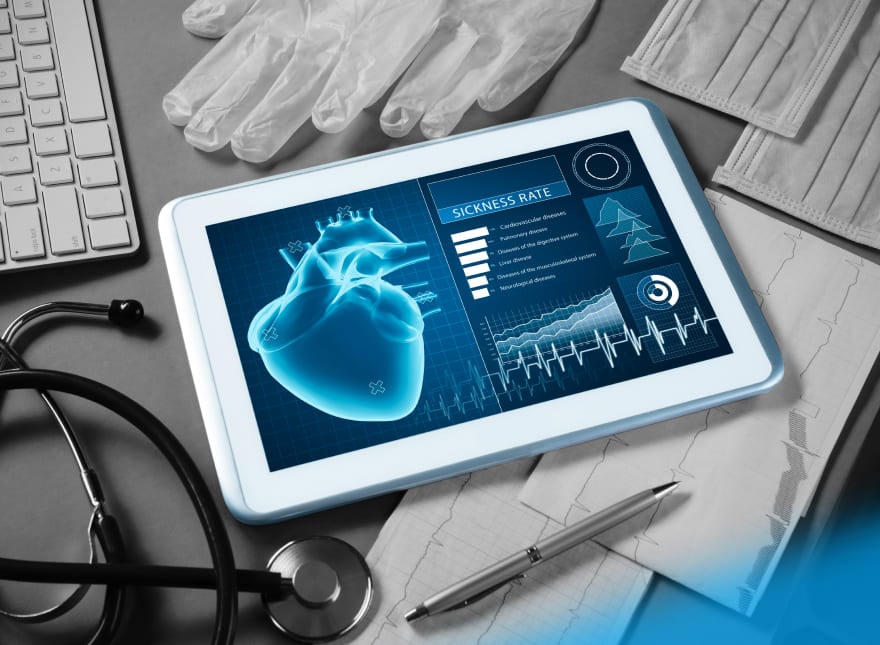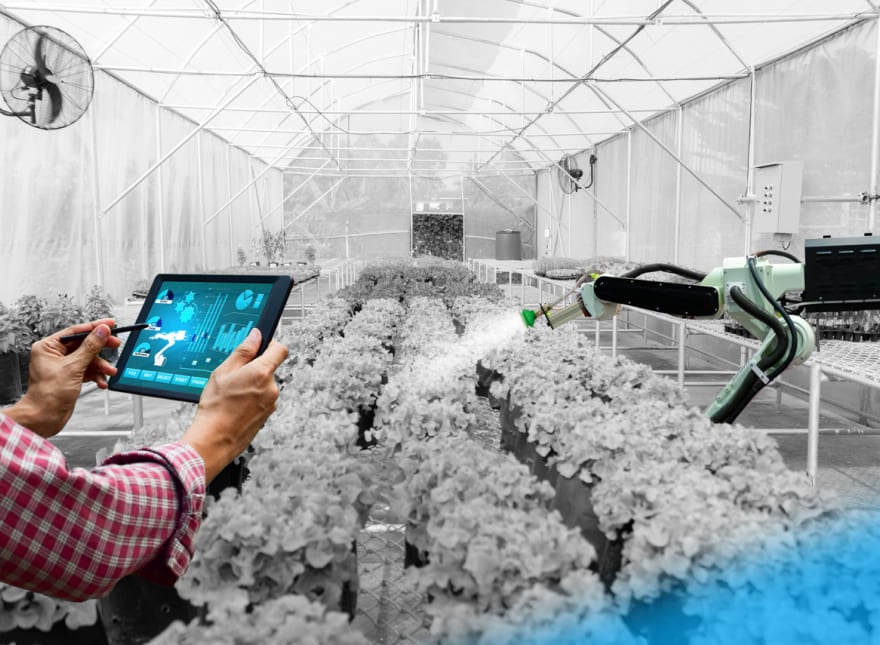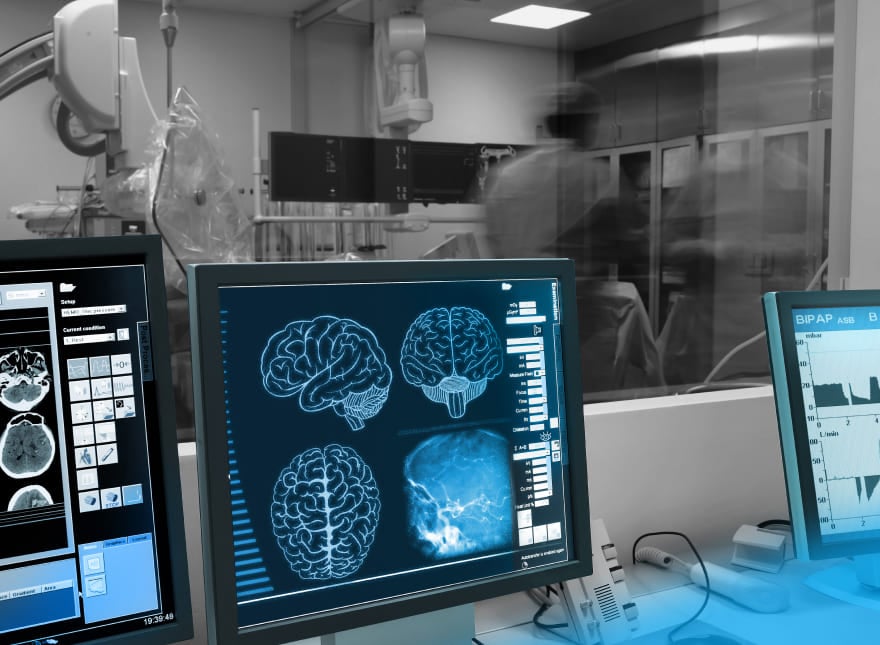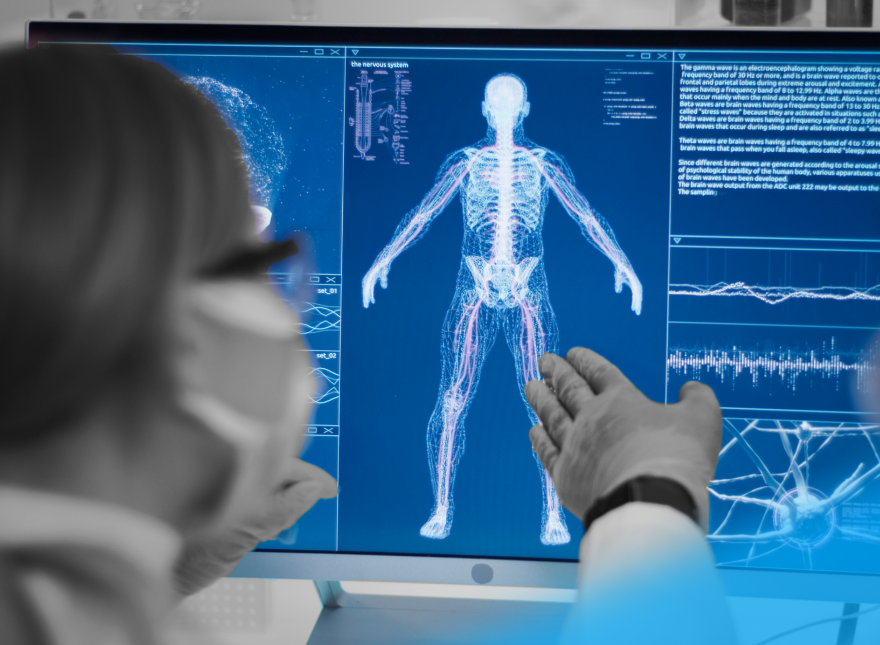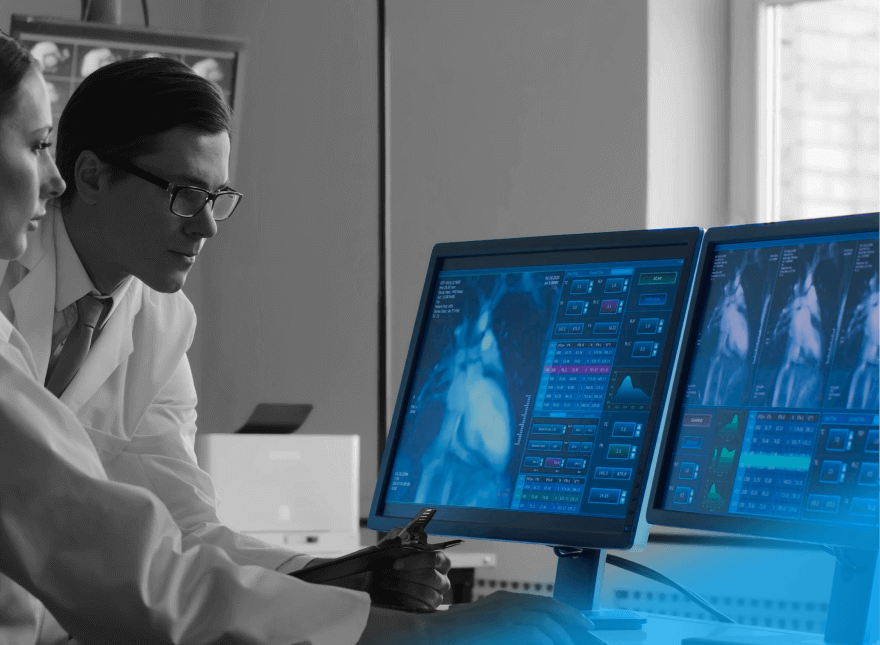Check out our latest blog article: From component to enterprise – modular robotics done right.
3 Computer Vision Use Cases in Healthcare
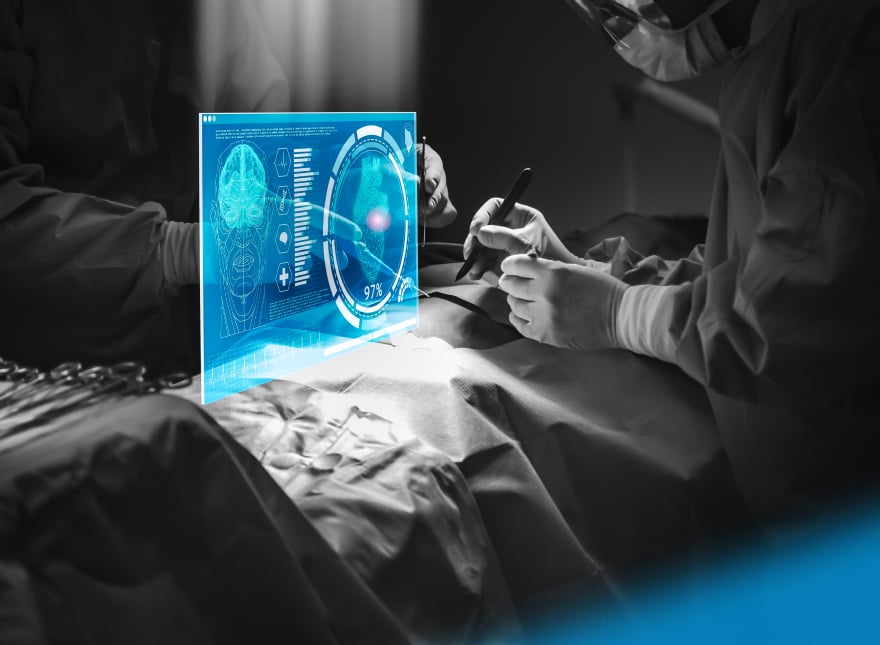
Doctors usually begin with a visual skin inspection to detect melanoma. But this manual examination is prone to errors at a rate up to 30%. To confirm any suspicion, the doctor will then use dermoscopy, histology, and biopsy. All these tests take valuable time to make an accurate diagnosis. If the diagnosis is confirmed, that wasted time could cost lives.
What can help doctors avoid these time-consuming steps? Computer vision (CV). With 99% accuracy, CV stays ahead of the curve. Its accuracy and precision help doctors see everything that human eyes can miss.
This is just one of hundreds of useful computer vision applications in healthcare. In this article, we’ll cover this and other use cases. Let’s discover how healthcare companies can benefit from computer vision.
How Does Computer Vision Work in Healthcare?
Let’s consider brain cancer detection. Before computer systems start detecting and diagnosing in real life, they train. For this, they are fed with millions of images containing cancerous tumors. Machine learning algorithms analyze their shapes and tissues to be able to distinguish them from normal tissue. After training, cancer detection happens in three stages:
- Acquiring MRI images in real time for analysis
- Processing the image with deep learning models that were previously trained on images with cancerous tumors
- Recognizing areas with cancerous tumors
Depending on the task, computer vision in healthcare can work using one of three autonomy models. Each implies a different responsibility level:
- Assisted intelligence: CV performs simple tasks and gives doctors a second opinion. For instance, it can cluster dental images into those with or without decay.
- Augmented intelligence: CV takes over some of the doctor’s duties. This increases the efficiency of what they do together. Let’s consider advanced operating theaters. Computer vision records the entire surgery procedure without human intervention. This means doctors spend less time manually documenting the surgery. Eliminating the intensive manual work means medics can spend more time on patient care.
- Autonomous intelligence: CV acts independently, performs complex tasks, and takes over decision-making. For instance, this could mean robots performing surgeries independently.
This technology is currently in its prime, and healthcare facilities have already evaluated its benefits. Analysts foresee computer vision in the healthcare market growing exponentially.
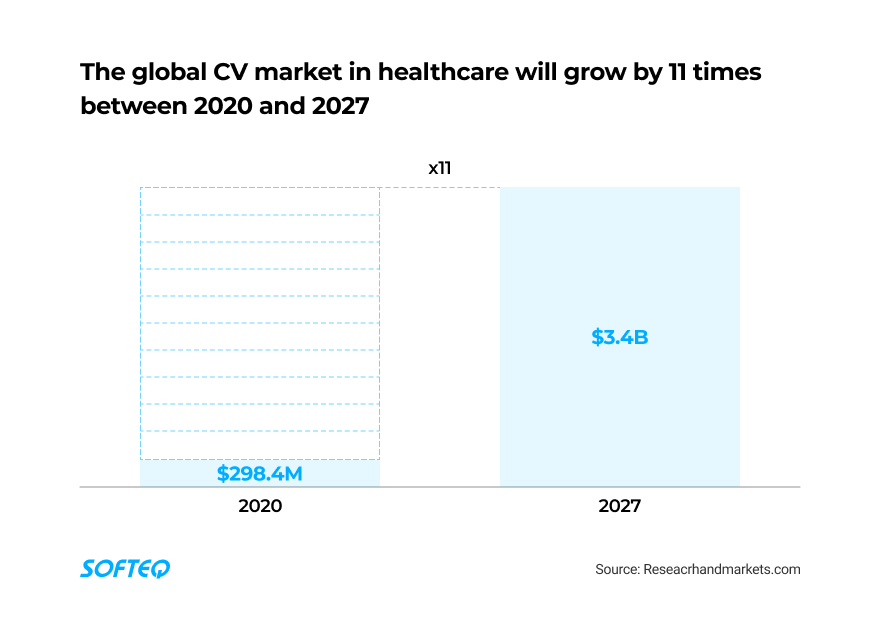
Now, let’s take a look at three computer vision use cases for healthcare and their real-life examples.
Use Case 1. Computer Vision for Medical Imaging Analysis
Radiology involves too many medical images which are considered the richest source of information. A radiologist’s job is to diagnose diseases like cancer, neurological illnesses, or tumors by interpreting those images.
Radiologists review 20 to 100 scans a day, classifying and detecting patterns. Each scan can have thousands of images. After hours of this work, doctors may develop fatigue.
This makes it harder for them to concentrate, potentially causing misdiagnosis. For patients, a mistake can worsen their condition or even cost them their lives.
Computer vision for medical imaging analysis can simplify this task. In radiology, computer vision automates pattern detection. First, the system increases the size of the images and optimizes pixel density. Then, CV flags and analyzes suspicious areas in images using pre-trained AI algorithms. This process helps doctors get a second opinion and make a more accurate diagnosis.
Real-Life Example: Detecting Skin Cancer More Accurately
To make melanoma diagnosis more accurate, NVIDIA has introduced the Clara AGX Developer Kit. The solution is handy for businesses building smart medical instruments. The kit consists of cameras and AI software. It captures skin moles and then uses AI to analyze them. After the analysis, the kit determines if the mole is benign, unknown, or cancerous.
Recently, a US medical imaging systems manufacturer introduced Clara AGX in a family hospital. Melanoma detection had a 92% success rate as a result. They also managed to reduce human error when diagnosing melanoma by 20%.
Benefits
- Increasing diagnosis accuracy
- Providing doctors with a second opinion
- Achieving better survival rates by eliminating misdiagnosis
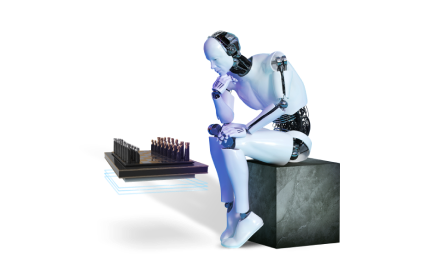
Use Case 2. Computer Vision for Fall Detection
After road traffic injuries, falls are the second-leading cause of deaths due to unintentional injuries worldwide. Even if someone survives a fall, it may have serious consequences.
Worldwide, 37 million falls occur each year that are so severe they require medical attention. Recovery can take years, especially for the elderly and people weakened by disease.
Rapid medical assistance is vital after a fall to speed up recovery. That’s why nurses in medical facilities go around every hour to make sure everything is okay. However, manual inspections like these are unviable, and a nurse might not notice a fall right away.
Fall detection computer vision solutions can spot falls and notify medical staff immediately. Usually, such systems come in the form of cameras installed in rooms and processing units. The technology has the ability to visually recognize human actions in real time. It analyzes the rate of change of motion in relation to the ground. Using AI, it examines a human’s pose and movement and categorizes fall events.
Real-Life Example: Managing Fall Accidents
Abto Software offers a video analytics platform that detects falls in real time. The solution combines CV and deep learning technologies. By processing visual data, it can identify accidents with 85% accuracy. The platform notifies medical staff immediately in the event of a fall.
One US senior care facility has recently started using the Abto solution on its premises. Their goal was to detect falls as early as possible and provide help quickly. As a result, the care home managed to increase residents’ safety by 50%. They also simplified monitoring and eliminated the number of devices each person needed to wear.
Benefits
- Accelerating recovery by quickly providing medical aid after falls
- Saving costs by optimizing manual inspections
- Increasing human safety with 24/7 video surveillance and processing
Use Case 3. Computer Vision for Surgeon Medical Training
Postgraduate training for surgeons is one of the longest training programs in the medical field.
It can take 10 years in some cases for a junior specialist to be allowed to operate. During their training, they can usually only be assistants.
So how can we make training more efficient? Computer vision for surgeon medical training is a good match. It can analyze and explain the actions of experienced colleagues, including tool positioning and hand movements. Computer vision for medical training can also assess the surgery quality, skills, and performance of trainees. In this way, they can gain a better understanding of patient care and safety before they enter the operating theater.
Real-Life Example: Training Skills for Surgeons
A tech company, Digital Surgery, released the TouchSurgery training platform. It helps medical professionals from all backgrounds gain the necessary knowledge and improve their skills. The platform helps trainees go through an operation step by step.
Experienced surgeons can record their interventional videos using wall-mounted cameras and upload the videos to the platform’s cloud. AI algorithms then automatically segment videos into key steps and analyze the surgery staff’s motions. What’s more, algorithms extract visual features from surgery images and classify them into categories according to the objects present in those images. This helps surgeons better understand each and every moment of the operation.
Digital Surgery launched their platform to upskill surgical workers in Tanzania and East Africa. The aim was to make surgery affordable and accessible, even in remote, underdeveloped countries. To achieve this, they needed more skilled doctors. Since the program was rolled out, the learning rate, as well as learning quality, has more than doubled. Moreover, AI training now outperforms traditional text-based learning tools by more than 70%.
Benefits
- More thorough and comprehensive training
- Training more skilled surgeons at a faster pace
- Enhancing patient safety
- Improving surgery performance
To Sum Up
Healthcare has been one of the pioneering industries to recognize computer vision’s potential. The CV market in healthcare is growing quickly and is projected to increase exponentially in the next few years. The technology can function as an assistant, giving a doctor a second option, and as an augmenting partner, taking over some medical tasks. It can also function as an autonomous unit, performing duties independently. The results of this include less doctor fatigue, fewer human errors, better medical training, more accurate and timely diagnosis, and improved health outcomes.
If you plan to transform your healthcare practices to gain these benefits too, turn to our engineering team. We’re up for the challenge and will assess your solution idea, and validate, prototype, and design it.
More articles on the topic
